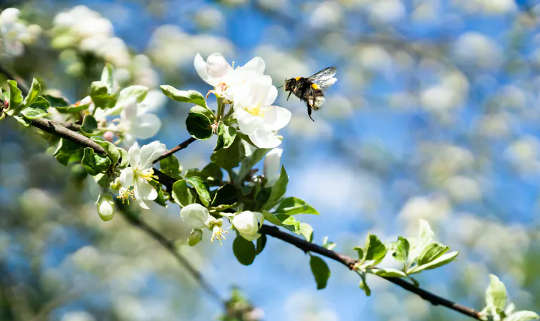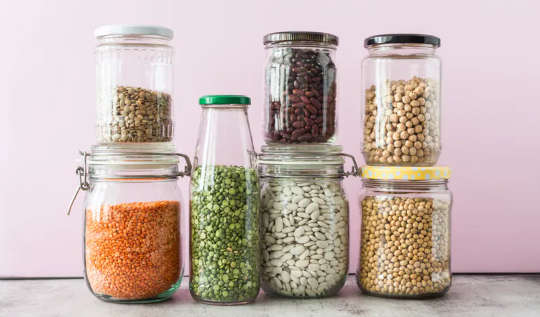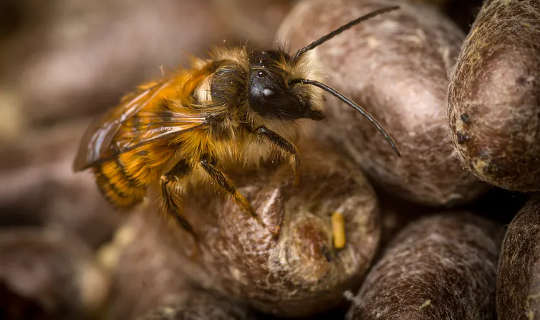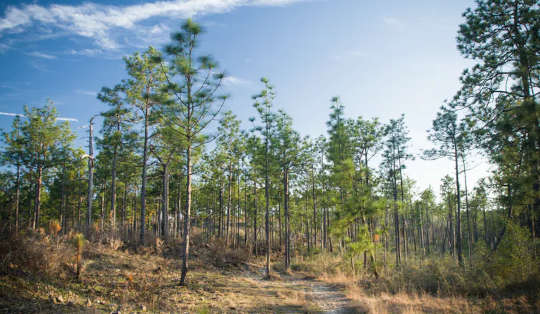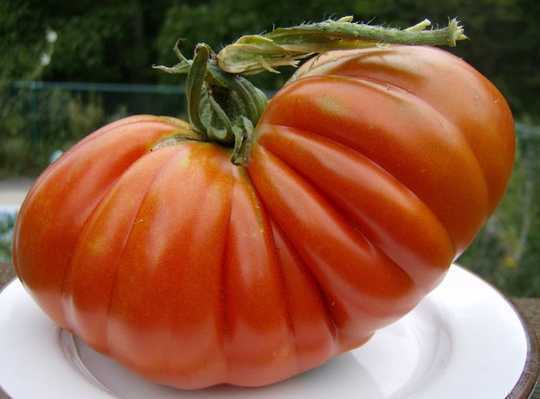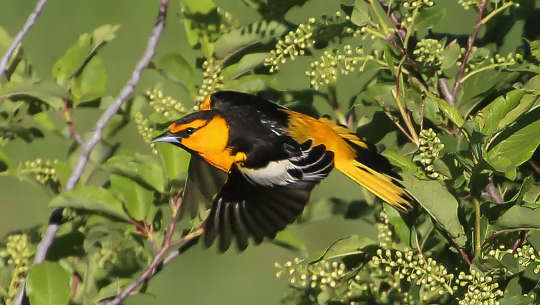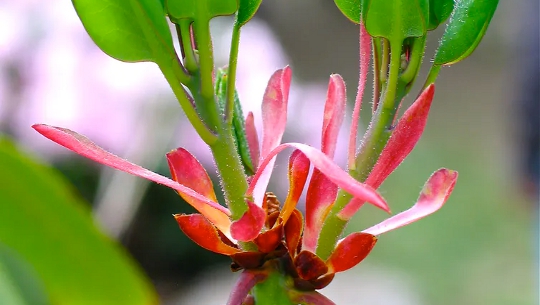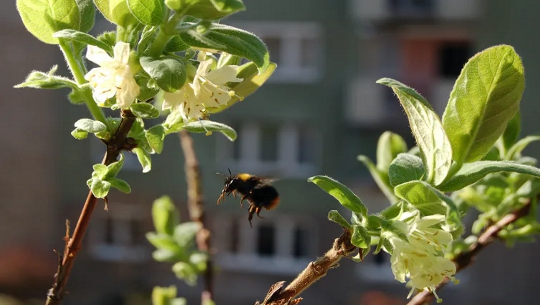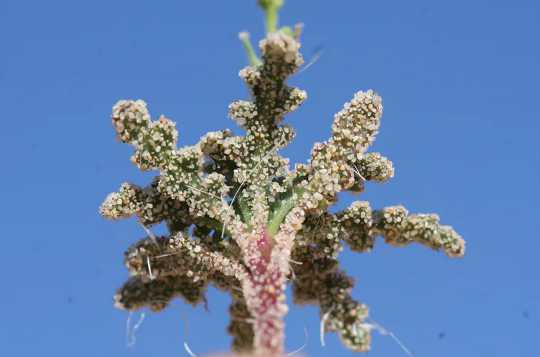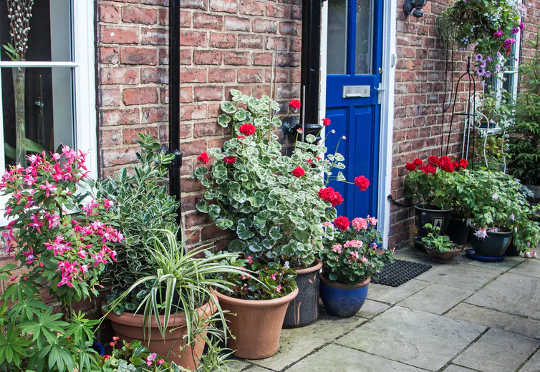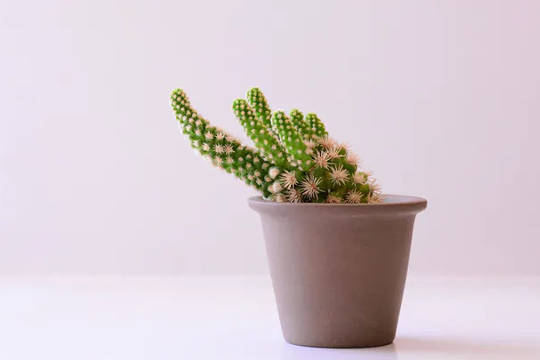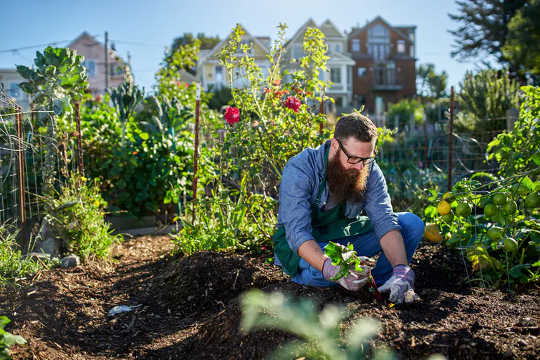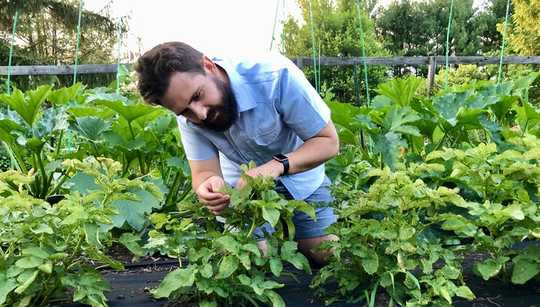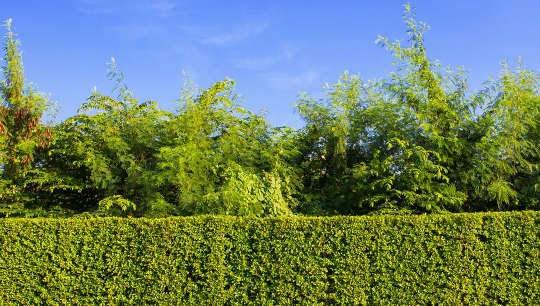 Could there be anything more British than a National Hedgerow Week? Possibly no one in the world is more particular about a nice neat hedge than your average suburban householder in the UK.
Could there be anything more British than a National Hedgerow Week? Possibly no one in the world is more particular about a nice neat hedge than your average suburban householder in the UK.- Matt Shipman-NC State
- Read Time: 3 mins

Researchers have developed a new patch that plants can “wear” to continuously monitors for diseases or other stresses, such as crop damage or extreme heat.


